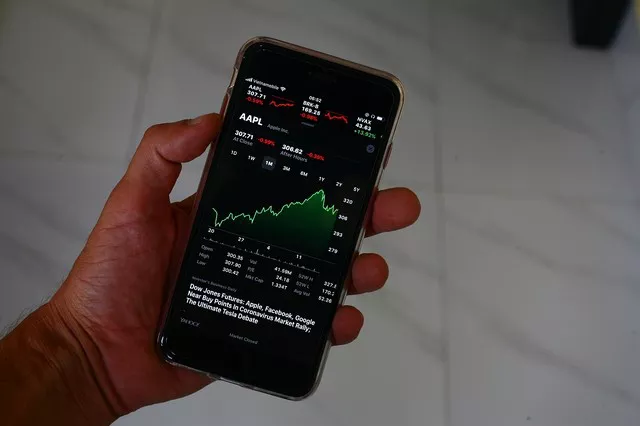Futures contracts play a vital role in financial markets, providing a mechanism for participants to hedge risk, speculate on price movements, and manage exposure to various asset classes. One essential concept in the futures market is the “cheapest to deliver” (CTD), which refers to the specific asset or instrument that is the most economical to deliver when fulfilling a futures contract. In this article, we will explore the concept of cheapest to deliver futures, how it is determined, and its significance in futures trading.
Understanding Cheapest to Deliver Futures
In the context of futures contracts, the term “cheapest to deliver” refers to the asset or instrument that is the most cost-effective for the seller to deliver when fulfilling the contract upon expiration. The concept of cheapest to deliver is particularly relevant in futures contracts for physical commodities such as agricultural products, metals, and energy commodities, where the quality and characteristics of the deliverable asset may vary. Traders and investors pay close attention to the cheapest to deliver asset when trading futures contracts, as it can affect the pricing and liquidity of the contract.
Determining the Cheapest to Deliver Asset
The determination of the cheapest to deliver asset in futures contracts involves several factors, including the quality, availability, and cost of the deliverable assets, as well as market dynamics and regulatory requirements. In agricultural futures contracts, for example, the cheapest to deliver asset may be influenced by factors such as crop yields, storage costs, transportation expenses, and seasonal demand patterns. In energy futures contracts such as crude oil or natural gas, the cheapest to deliver asset may be influenced by factors such as production costs, refining capacity, storage facilities, and supply-demand dynamics.
Significance of Cheapest to Deliver Futures
The concept of cheapest to deliver futures is significant for both buyers and sellers of futures contracts, as it can impact trading strategies, pricing decisions, and contract settlement processes. For sellers of futures contracts, identifying the cheapest to deliver asset allows them to minimize delivery costs and optimize their delivery strategy, potentially increasing profitability and reducing risk. For buyers of futures contracts, understanding the cheapest to deliver asset enables them to assess the quality and value of the deliverable asset and make informed trading decisions based on market conditions and pricing dynamics.
Factors Influencing Cheapest to Deliver Futures
Several factors can influence the determination of the cheapest to deliver asset in futures contracts, including:
1. Quality Specifications: The quality and characteristics of the deliverable asset specified in the futures contract can impact its suitability as the cheapest to deliver asset. Higher-quality assets may command a premium in the market, while lower-quality assets may be more cost-effective for delivery.
2. Market Dynamics: Supply-demand dynamics, market sentiment, and liquidity conditions can affect the pricing and availability of deliverable assets, influencing which asset is the cheapest to deliver at any given time.
3. Storage and Transportation Costs: The cost of storing and transporting the deliverable asset from the point of production to the delivery location can impact its overall cost-effectiveness as the cheapest to deliver asset.
4. Seasonal Factors: Seasonal variations in production, demand, and weather conditions can affect the availability and pricing of deliverable assets, potentially influencing their suitability as the cheapest to deliver asset.
Conclusion
In conclusion, understanding the concept of cheapest to deliver futures is essential for participants in the futures market, as it can affect trading strategies, pricing decisions, and contract settlement processes. The determination of the cheapest to deliver asset involves considering factors such as quality specifications, market dynamics, storage and transportation costs, and seasonal factors. By analyzing these factors and staying informed about market conditions and pricing dynamics, traders and investors can identify opportunities and make informed decisions when trading futures contracts.

